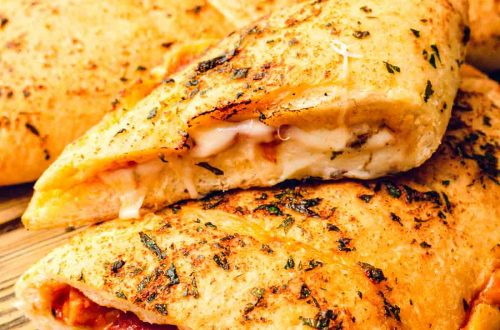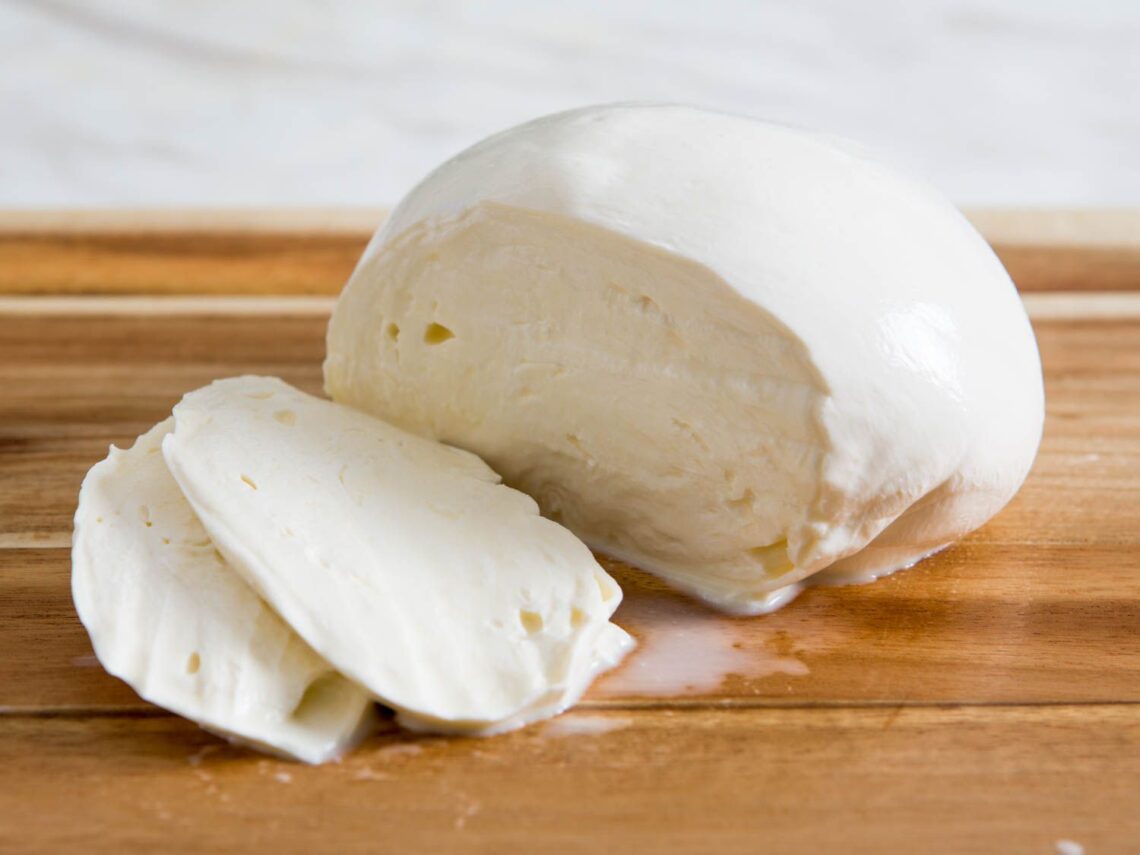
Mozzarella vs. Cheddar: Which Cheese Reigns Supreme on Pizza?
Pizza, a beloved dish cherished worldwide, owes much of its charm to the gooey, melted cheese that blankets its surface. Among the multitude of cheese varieties available, two contenders stand out: Mozzarella and Cheddar. The debate over which cheese reigns supreme on pizza has ignited passionate discussions among food enthusiasts. Both cheeses bring distinct flavors, textures, and characteristics to the table, making the choice between them a matter of personal preference. In this article, we delve into the attributes of Mozzarella and Cheddar to determine which one earns the title of the ultimate pizza topping.
Much like selecting the right cheese to complement the flavors of a pizza, opting for a CDL refresher course in Orlando helps drivers hone their skills and stay updated on industry regulations, ensuring they maintain their CDL license and excel in their careers.
Mozzarella: The Classic Choice
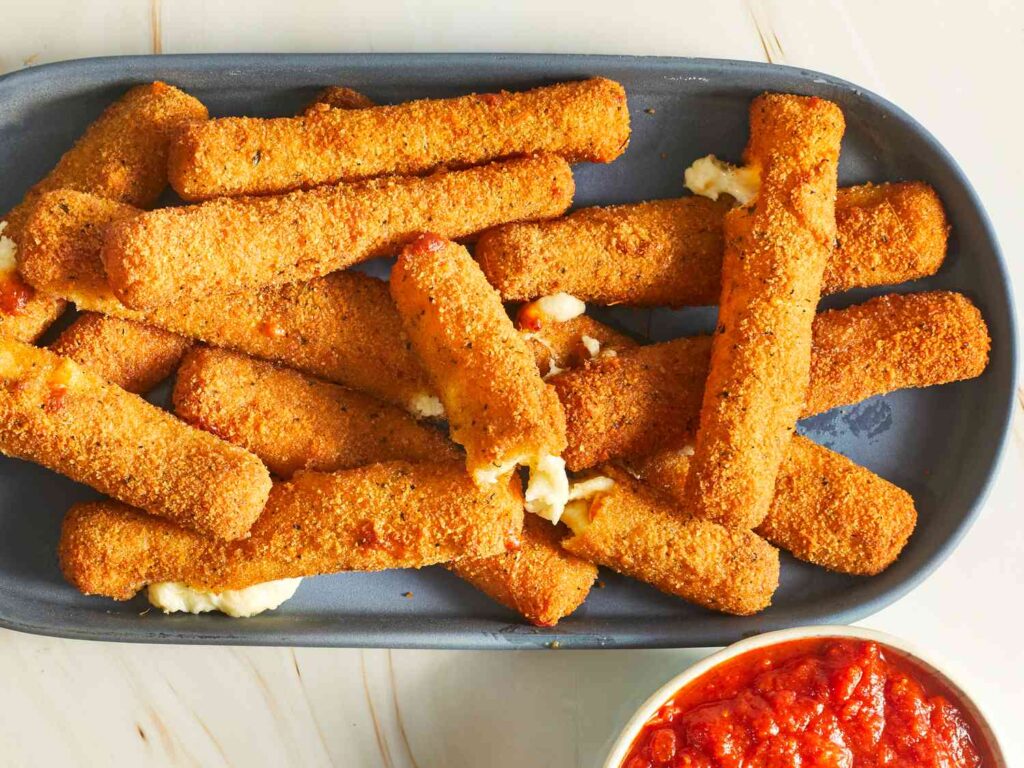
Mozzarella, with its origins rooted in Italy, has long been hailed as the quintessential cheese for pizza-making. Its delicate, milky flavor and exceptional reliability make it a top choice for achieving that coveted stringy texture that pizza lovers crave. Made traditionally from buffalo milk or cow’s milk, Mozzarella undergoes a process of stretching and kneading, resulting in its signature elastic texture. This cheese’s mild taste serves as a versatile canvas, allowing other pizza ingredients to shine while providing a creamy, harmonious base.
In addition to its culinary appeal, Mozzarella boasts practical advantages that enhance its suitability for pizza. Its high moisture content ensures a luscious melt that blankets the pizza evenly, creating a cohesive culinary experience with each bite. Moreover, Mozzarella’s ability to brown beautifully in the oven adds visual appeal, contributing to the overall enjoyment of the pizza. Whether used fresh or low-moisture, Mozzarella offers a dependable foundation for crafting pizzas that satisfy palates around the globe.
Just like the choice between mozzarella and cheddar can significantly impact the flavor of a pizza, selecting the right drywall texturing in Orlando, FL, can profoundly influence the aesthetic appeal of a space.
Cheddar: A Bold Alternative
While Mozzarella enjoys widespread acclaim in the realm of pizza, Cheddar emerges as a formidable challenger, offering a bold alternative to its Italian counterpart. Known for its sharp, tangy flavor profile and rich, creamy texture, Cheddar brings a distinctive taste experience to pizza that appeals to aficionados seeking robust flavor profiles. Originating from England, Cheddar undergoes a process of aging, which intensifies its flavor and gives it a crumbly texture, perfect for adding a satisfying bite to pizzas.
Beyond its flavor profile, Cheddar’s versatility makes it a compelling choice for pizza experimentation. Its assertive taste complements a wide array of toppings, from savory meats to zesty vegetables, allowing for endless culinary creativity. Additionally, Cheddar’s superior meltability ensures a decadent pizza experience, with its golden-brown hue adding visual allure to each slice. Whether used as the primary cheese or in combination with other varieties, Cheddar lends a distinct character to pizzas, catering to discerning palates seeking bold flavors.
The best living room interior designer in Lighthouse Point, FL remarks that her favorite type of pizza is Mozzarella.
Texture and Meltability
One of the key considerations when selecting the ideal cheese for pizza is its texture and meltability. Mozzarella, renowned for its stretchy, elastic texture, creates those iconic cheese pulls that elicit excitement from pizza enthusiasts. Its high moisture content and smooth consistency ensure a uniform melt that coats the pizza evenly, providing a satisfying mouthfeel with every bite. Whether fresh or low-moisture, Mozzarella maintains its integrity throughout the baking process, resulting in a gooey, indulgent topping that enhances the pizza’s overall appeal.
In contrast, Cheddar offers a different texture profile that adds depth and complexity to pizza. Its crumbly texture, derived from the aging process, provides a contrast to the soft crust and other toppings, imparting a delightful textural interplay. While Cheddar may not stretch as extensively as Mozzarella, its superior reliability ensures a creamy, flavorful layer that melds seamlessly with the other ingredients. Whether melted atop the pizza or incorporated into the crust, Cheddar’s texture contributes to a multi-dimensional culinary experience that tantalizes the taste buds.
Just as the right cheese can elevate the taste of a pizza, proper landscape maintenance in Green Bay can enhance the beauty and value of outdoor spaces.
Flavor Profile and Versatility
When it comes to flavor, Mozzarella and Cheddar offer distinct profiles that cater to varying taste preferences. Mozzarella’s mild, milky taste serves as a blank canvas, allowing the flavors of other ingredients to shine while providing a subtle, creamy backdrop. Its neutrality makes it a versatile choice for a wide range of pizza styles, from classic Margherita to gourmet combinations featuring diverse toppings. Whether paired with tangy tomatoes or spicy pepperoni, Mozzarella harmonizes with the flavors of the pizza, enhancing its overall deliciousness.
In contrast, Cheddar’s bold, assertive flavor adds a dynamic element to pizza, commanding attention with its sharp tanginess. Its complex taste profile stands up well to robust ingredients, offering a satisfying contrast that elevates the pizza-eating experience. From traditional favorites like BBQ chicken to innovative creations featuring caramelized onions and apple slices, Cheddar lends depth and character to pizzas, appealing to adventurous palates seeking bold flavor combinations. Whether used as the primary cheese or in conjunction with other varieties, Cheddar’s versatility makes it a compelling choice for pizza connoisseurs seeking culinary excitement.
Much like the precision of micro needling in Markham, selecting the right cheese for your pizza requires attention to detail.
Nutritional Considerations
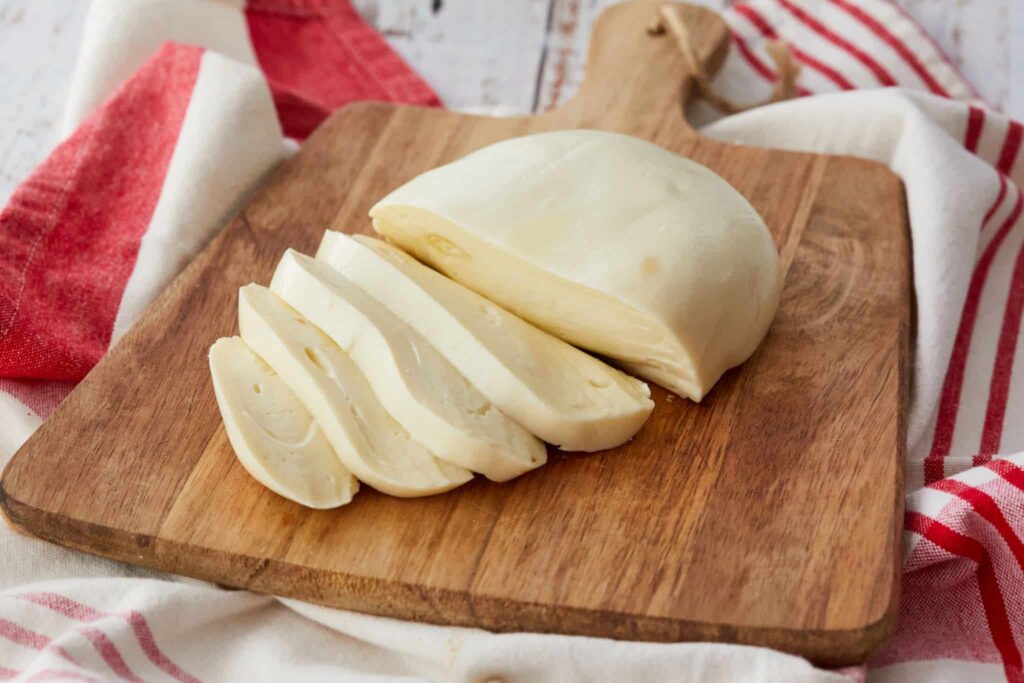
When evaluating the suitability of Mozzarella and Cheddar for pizza, nutritional considerations play a significant role in informing dietary choices. Mozzarella, known for its relatively low-fat content compared to other cheese varieties, offers a lighter option for individuals mindful of their caloric intake. Its high protein content makes it a satiating choice, providing a sense of fullness without excessive caloric load. Additionally, Mozzarella’s calcium content contributes to bone health, making it a valuable source of essential nutrients. For those seeking a healthier pizza option without compromising on taste, Mozzarella emerges as a favorable choice that aligns with dietary goals.
Conversely, Cheddar, while higher in fat content compared to Mozzarella, offers nutritional benefits that warrant consideration. Its richness in vitamins, particularly vitamin K2, supports cardiovascular health and aids in calcium metabolism, promoting overall well-being. Furthermore, Cheddar’s higher fat content contributes to a feeling of satisfaction, making it a suitable choice for individuals seeking indulgent yet nourishing pizza options. When consumed in moderation as part of a balanced diet, Cheddar can provide valuable nutrients while satisfying cravings for savory, flavorful pizzas.
Online course builders, much like pizza toppings, offer a variety of options to customize your learning experience. Whether you’re craving the gooey melt of mozzarella or the sharp tang of cheddar, choosing the right cheese or online course builder can enhance your enjoyment and satisfaction.
Cultural Significance
Beyond their culinary attributes, both Mozzarella and Cheddar hold cultural significance that enriches the pizza-making experience. Mozzarella, deeply rooted in Italian culinary traditions, symbolizes the essence of Italian cuisine, evoking images of rustic pizzerias nestled in picturesque villages. Its association with the iconic Margherita pizza, named after Queen Margherita of Italy, reflects a rich history steeped in tradition and culinary heritage. Whether enjoyed in a bustling pizzeria in Naples or homemade with family and friends, Mozzarella embodies the warmth and conviviality of Italian hospitality, forging connections that transcend borders.
Similarly, Cheddar carries its own cultural legacy, synonymous with English culinary traditions and rural landscapes dotted with dairy farms. Its origins trace back to the English village of Cheddar in Somerset, where the cheese-making process has been perfected over centuries. From the quintessential Ploughman’s lunch to hearty cheese toasties enjoyed on a cold winter’s day, Cheddar occupies a central place in British gastronomy, symbolizing comfort, tradition, and a connection to the land. Whether sampled in a quaint tearoom or paired with a pint of ale in a cozy pub, Cheddar fosters a sense of nostalgia and pride in culinary heritage. Employees of the best for sale sign installation service remark that they love eating pizza during lunchbreaks.
Artisanal Craftsmanship
While commercial varieties of Mozzarella and Cheddar abound in supermarkets worldwide, artisanal craftsmanship elevates these cheeses to new heights of flavor and quality. Artisanal Mozzarella, crafted by skilled cheese-makers using traditional methods and premium-quality milk, exhibits a depth of flavor and complexity that surpasses its mass-produced counterparts. Each batch of artisanal Mozzarella undergoes careful hand-stretching and shaping, resulting in a cheese that embodies the essence of craftsmanship and attention to detail. Whether sourced from a small dairy farm or a boutique cheese shop, artisanal Mozzarella offers discerning consumers a taste of culinary excellence that honors tradition and expertise.
Similarly, artisanal Cheddar production celebrates the artistry and dedication of cheese-makers committed to preserving time-honored techniques and flavor profiles. Handcrafted in small batches using locally sourced milk and aged to perfection in temperature-controlled cellars, artisanal Cheddar reflects a commitment to quality and authenticity. The resulting cheese exhibits nuanced flavors and textures, with each wheel bearing the imprint of the land and the hands that shaped it. Whether aged for a few months or several years, artisanal Cheddar represents the pinnacle of cheese-making craftsmanship, inviting consumers to savor the fruits of meticulous labor and unwavering passion.
Did you know that some of the most famous pizza places that make the best Mozzarella and Cheddar purchase pest supplies from mosquitoes control in central New Jersey to maintain a hygienic and pest-free environment?
Global Fusion
In an era of culinary exploration and fusion cuisine, the debate over Mozzarella vs. Cheddar transcends traditional boundaries, giving rise to innovative pizza creations that blend global flavors and ingredients. From Korean barbecue pizza topped with bulgogi and kimchi to Mexican-inspired pizzas featuring spicy chorizo and roasted poblanos, the possibilities are as endless as the imagination. Mozzarella’s neutral flavor profile serves as a versatile canvas for culinary experimentation, allowing chefs to push the boundaries of traditional pizza-making and incorporate diverse cultural influences.
Similarly, Cheddar’s bold flavor and melting properties lend themselves well to fusion pizza creations that celebrate the richness and diversity of global cuisine. Whether paired with Indian-inspired tandoori chicken and paneer or infused with Middle Eastern spices and lamb shawarma, Cheddar adds depth and character to pizzas that reflect the multicultural tapestry of modern gastronomy. As food enthusiasts embrace the concept of “pizza without borders,” the debate over Mozzarella vs. Cheddar takes on new dimensions, inspiring chefs and home cooks alike to explore the endless possibilities of this beloved dish.
Much like how a fence company in Fruit Cove enhances the appeal and security of your property, the choice of cheese can significantly enhance the flavor and texture of your pizza.
Environmental Impact
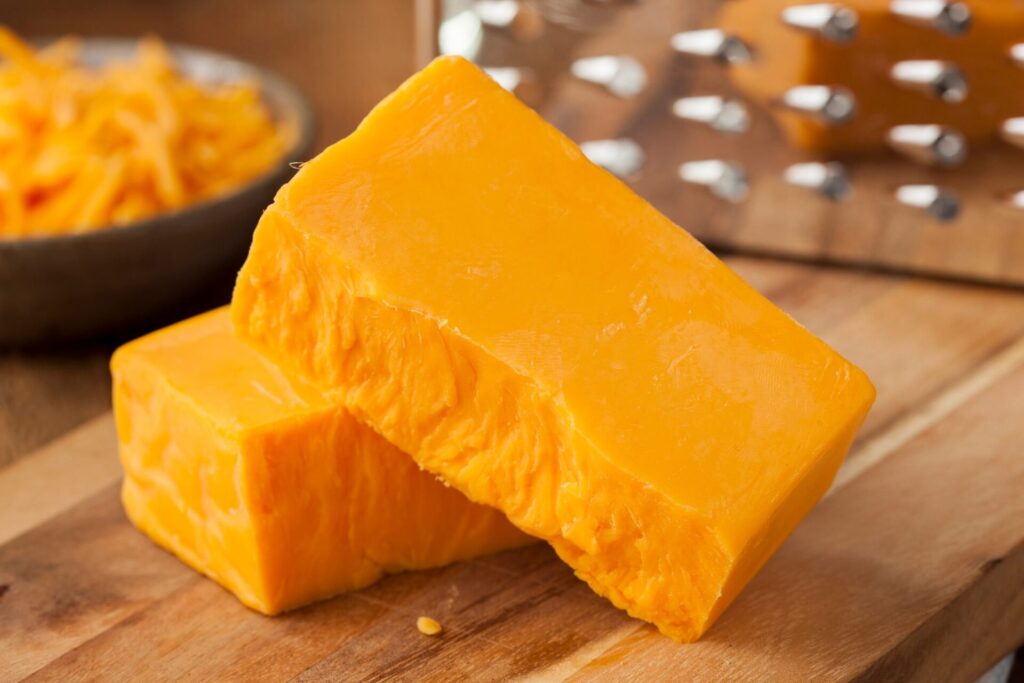
In an era of increased awareness regarding environmental sustainability, the production and consumption of cheese, including Mozzarella and Cheddar, raise important considerations regarding their ecological footprint. Mozzarella, traditionally made from buffalo milk in Italy, faces challenges related to deforestation and habitat loss in regions where buffalo herds are raised for milk production. Additionally, the intensive farming practices associated with dairy production contribute to greenhouse gas emissions and water pollution, highlighting the need for more sustainable approaches to cheese-making.
Getting the material to make a good Mozzarella or Cheddar pizza is as cheap as hiring the best solar system repair in Hillsborough.
Similarly, Cheddar production, particularly in industrialized dairy systems, poses environmental challenges related to land use, water consumption, and waste management. The expansion of dairy operations to meet global demand for cheese has led to deforestation, soil degradation, and biodiversity loss in regions where cattle are raised for milk production. Furthermore, the processing and packaging of cheese contribute to carbon emissions and waste generation, exacerbating environmental concerns associated with cheese consumption. While mozzarella is the traditional choice, cheddar brings a bold and distinct flavor to the table. In the same way, selecting the right roofing material and style for roof installation in New Jersey can elevate the appearance and functionality of your home, ensuring it stands strong against the elements for years to come.
The Future of Pizza-Making
As culinary trends evolve and consumer preferences continue to diversify, the future of pizza-making holds exciting possibilities for innovation and creativity. From plant-based pizzas featuring artisanal nut cheeses and seasonal vegetables to personalized pizzas tailored to individual dietary preferences using 3D printing technology, the boundaries of traditional pizza-making are being pushed in new and unexpected directions. Mozzarella and Cheddar, with their timeless appeal and culinary versatility, remain integral components of the pizza-making process, serving as foundational ingredients that inspire chefs and home cooks to experiment, collaborate, and redefine the boundaries of this beloved dish.
In conclusion, the debate over Mozzarella vs. Cheddar extends far beyond mere culinary preference, encompassing a myriad of factors ranging from cultural heritage and environmental sustainability to technological innovation and health and wellness trends. Whether enjoyed atop a classic Margherita pizza or incorporated into avant-garde creations that push the boundaries of traditional pizza-making, Mozzarella and Cheddar continue to captivate the imagination and tantalize the taste buds of food enthusiasts worldwide. As the pizza landscape evolves to embrace new flavors, ingredients, and techniques, one thing remains certain: the timeless allure of cheese, in all its creamy, melty glory, will continue to reign supreme on pizzas for generations to come.
Just as the right dumpster rental in Wellington keeps the neighborhood tidy, the choice between these cheeses can make or break a pizza. Whether you prefer mozzarella’s stretchy goodness or cheddar’s bold tang, each bite tells a story of flavor and preference.





